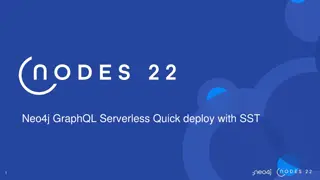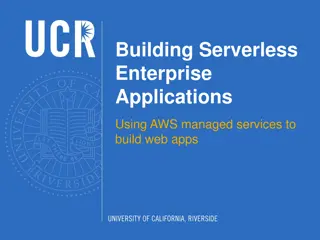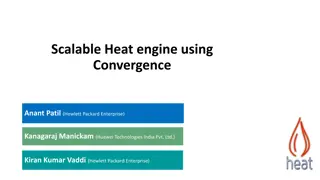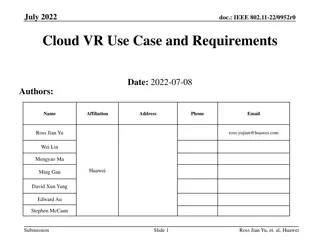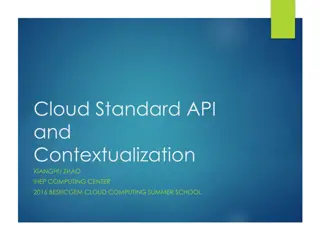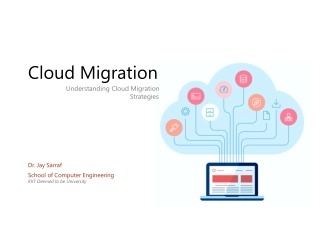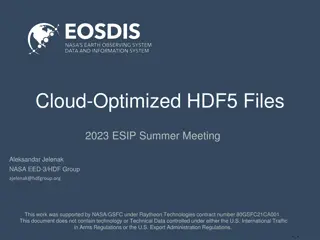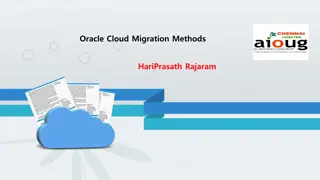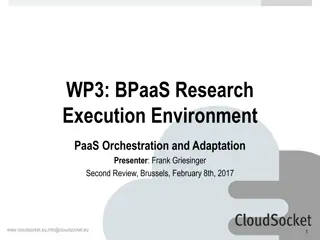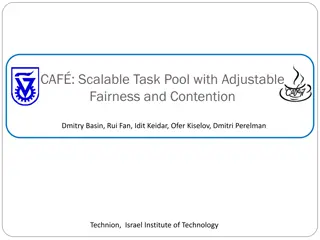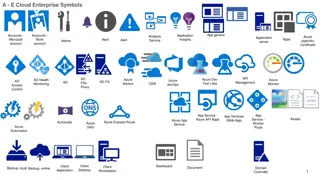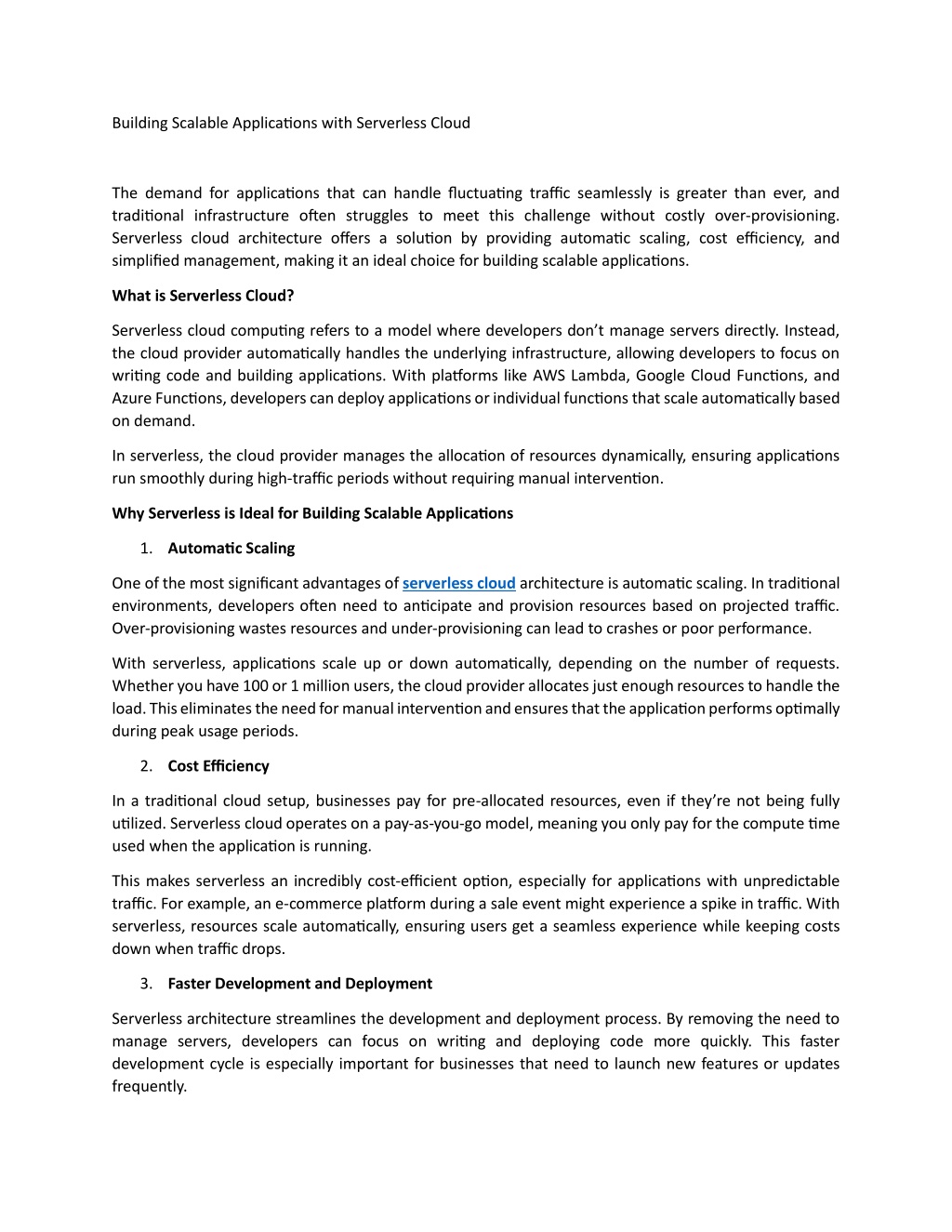
Building Scalable Applications with Serverless Cloud
The demand for applications that can handle fluctuating traffic seamlessly is greater than ever, and traditional infrastructure often struggles to meet this challenge without costly over-provisioning.
Download Presentation

Please find below an Image/Link to download the presentation.
The content on the website is provided AS IS for your information and personal use only. It may not be sold, licensed, or shared on other websites without obtaining consent from the author. Download presentation by click this link. If you encounter any issues during the download, it is possible that the publisher has removed the file from their server.
E N D
Presentation Transcript
Building Scalable Applications with Serverless Cloud The demand for applications that can handle fluctuating traffic seamlessly is greater than ever, and traditional infrastructure often struggles to meet this challenge without costly over-provisioning. Serverless cloud architecture offers a solution by providing automatic scaling, cost efficiency, and simplified management, making it an ideal choice for building scalable applications. What is Serverless Cloud? Serverless cloud computing refers to a model where developers don t manage servers directly. Instead, the cloud provider automatically handles the underlying infrastructure, allowing developers to focus on writing code and building applications. With platforms like AWS Lambda, Google Cloud Functions, and Azure Functions, developers can deploy applications or individual functions that scale automatically based on demand. In serverless, the cloud provider manages the allocation of resources dynamically, ensuring applications run smoothly during high-traffic periods without requiring manual intervention. Why Serverless is Ideal for Building Scalable Applications 1.Automatic Scaling One of the most significant advantages of serverless cloud architecture is automatic scaling. In traditional environments, developers often need to anticipate and provision resources based on projected traffic. Over-provisioning wastes resources and under-provisioning can lead to crashes or poor performance. With serverless, applications scale up or down automatically, depending on the number of requests. Whether you have 100 or 1 million users, the cloud provider allocates just enough resources to handle the load. This eliminates the need for manual intervention and ensures that the application performs optimally during peak usage periods. 2.Cost Efficiency In a traditional cloud setup, businesses pay for pre-allocated resources, even if they re not being fully utilized. Serverless cloud operates on a pay-as-you-go model, meaning you only pay for the compute time used when the application is running. This makes serverless an incredibly cost-efficient option, especially for applications with unpredictable traffic. For example, an e-commerce platform during a sale event might experience a spike in traffic. With serverless, resources scale automatically, ensuring users get a seamless experience while keeping costs down when traffic drops. 3.Faster Development and Deployment Serverless architecture streamlines the development and deployment process. By removing the need to manage servers, developers can focus on writing and deploying code more quickly. This faster development cycle is especially important for businesses that need to launch new features or updates frequently.
Additionally, serverless functions (FaaS - Functions as a Service) allow developers to deploy individual functions independently, making it easier to update or scale specific parts of an application without affecting the entire system. 4.Improved Resource Management In traditional cloud infrastructure, businesses often over-provision servers to handle peak traffic, which leads to inefficient resource usage. With serverless cloud, the allocation of resources is dynamic, meaning businesses use only the resources required at a given time. This level of resource optimization not only reduces operational costs but also improves the application s overall efficiency. Applications running on serverless cloud environments benefit from reduced downtime and better performance, thanks to real-time resource allocation. Key Considerations for Building Scalable Serverless Applications 1.Architect for Scalability While serverless offers automatic scaling, applications must be designed to take full advantage of this capability. Microservices and event-driven architectures are ideal for serverless environments, as they allow individual components to scale independently. This makes the entire system more resilient and scalable. 2.Leverage Caching and Content Delivery Networks (CDNs) Caching is critical in serverless architectures to reduce unnecessary compute requests. By using caching mechanisms and CDNs, developers can offload some of the work from the serverless function, ensuring faster response times and lower costs. 3.Monitor Performance and Costs While serverless scales automatically, monitoring the performance and cost of applications is essential. Most serverless platforms provide built-in monitoring tools, allowing developers to track execution time, errors, and costs. This information can be used to optimize the application for better scalability and cost-efficiency. 4.Manage Cold Starts In serverless computing, cold starts can occur when the cloud provider initializes a new instance of a function, causing a slight delay. To mitigate this, developers can use techniques such as keeping frequently used functions warm or designing the architecture to minimize the impact of cold starts on user experience. Conclusion Building scalable applications is crucial for modern businesses, and serverless cloud architecture offers an ideal solution by automating scaling, optimizing costs, and simplifying infrastructure management. By leveraging the power of serverless, developers can focus on building robust applications that handle traffic fluctuations effortlessly while keeping costs under control. Serverless cloud is not just a trend it s a game-changer in the way applications are developed and scaled, making it an essential tool for businesses looking to stay competitive in the digital landscape. Read with.html More: https://techhorizonsolutions.blogspot.com/2024/09/building-scalable-applications-


